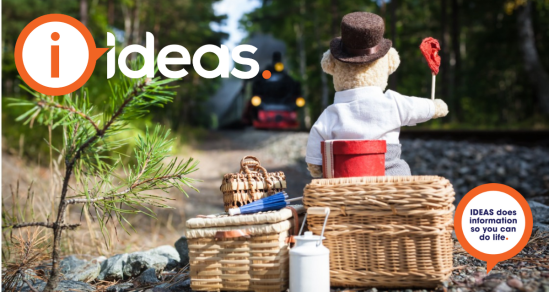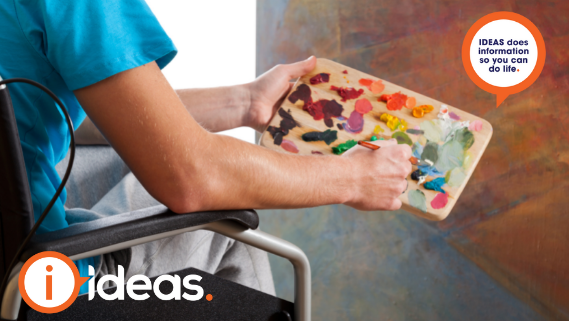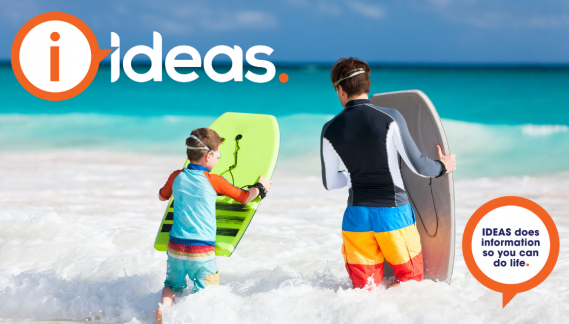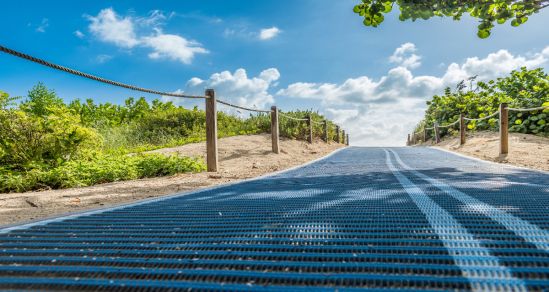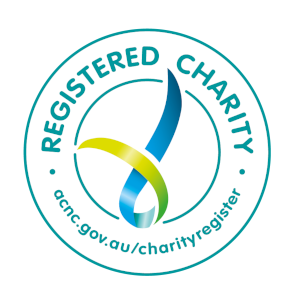Adaptive Snow Sports use adapting equipment and lessons to allow people with disability to experience snow sports. Here's your guide to adaptive snow sports.
Adaptive Snow Sports
Adaptive Snow Sports use adapting equipment and lessons to allow people with disability to experience snow sports. There are four main disciplines:
Alpine Skiing
Specialist equipment is needed to participate in alpine skiing. It is one of the most challenging and exciting sports there is. Blind skiers can race with a guide. The skiers follow in the tracks of the guides.
Sit Skiing
Mono-skiing or sit skiing works by attaching a seat to a wide, single ski. Ski poles are also altered by shortening them to allow balance and for steering. Special training is required to use the sit-ski.
Adaptive Snowboarding
Adaptive snowboarding allows partially disabled people to participate in the sport. Above the knee, amputees can ride with rigging on their prosthetics. People with partial paralysis can use restrictive knee braces and outriggers and paraplegics ride on equipment like a mono-ski
Cross Country Skiing
Cross country, or Nordic skiing, unlike its downhill equivalent, is accessible to far more participants. Cross country skis are deeply groomed, thinner tracks that run parallel to each other. It can allow a more leisurely pace and be more recreational.
Adaptive Equipment
Specialised adaptive equipment allows people with disability to maximise their mobility. The following are examples of adaptive equipment:
Outriggers
Outriggers are adapted crutches with a small ski tip attached to the base which can be flipped up to use as a crutch in the lift lines or down in the ski position to assist with balance and initiation of turns. You use outriggers if you are standing skiing. A shorter model is used if you are sit-skiing
4-track
4-track skiing is when you do standing skiing but you usually require the assistance of crutches or a walking frame to assist with balance. You may also require the use of a "ski bra" or a "bungee cord" to keep the two skis together. 4-track skiing may be suitable for people with cerebral palsy, multiple sclerosis, muscular dystrophy, post-polio or spina bifida.
3-track
3-track skiing is when you do standing skiing where you ski on one leg with stand-up outriggers. This may be suitable for people with a leg amputation or post-polio.
Sit-skis
In sit skiing, there is a bi-ski where the bucket of the sit-ski is attached to two skis and a mono ski, where the bucket is attached to one ski. The mono-ski is designed for more advanced skiing.
Low Vision Skiing
For visually impaired skiers, there are various pieces of equipment, including plastic poles. In addition, you may require an instructor who has different communication techniques to guide you down the slope.
Sno-Wing
The Sno-Wing provides an instructor with maximum guidance and control of you whilst snowboarding.
Disabled Wintersport Australia
Did you know that Disabled Wintersport Australia offers an adaptive sports program at the five ski resorts in Australia?
This allows you to access support to:
- Request to book specific adaptive snowsports equipment out of the DWA pool
- Request a volunteer adaptive snowsports guide to assist on the snow
- Assistance to book an adaptive lesson through a snowsports school
- Advice on accessible places to stay and how to get around the resort
Links to contact details and more information on each resort's DWA program can be found below.
Falls Creek | Mt Buller | Mt Hotham | Perisher | Thredbo
Epic Australia Adaptive Pass
Vail Resorts (Perisher, Falls Creek and Mt Hotham) has made available the Epic Australia Adaptive Pass in partnership with Disabled Wintersport Australia (DWA). Passholders are entitled to unlimited, unrestricted lift access at all three Australian Vail Resorts, as well as discounted access to private and group lessons, equipment rental and purchases, and other discounts for food and accommodation.
According to their website:
"The Epic Australia Adaptive Pass is a step towards creating a more equal and inclusive environment at our resorts, by ensuring that experiencing snowsports does not cost any more for people with impairments or disabilities."
For more information, visit Epic Australia Adaptive Pass




